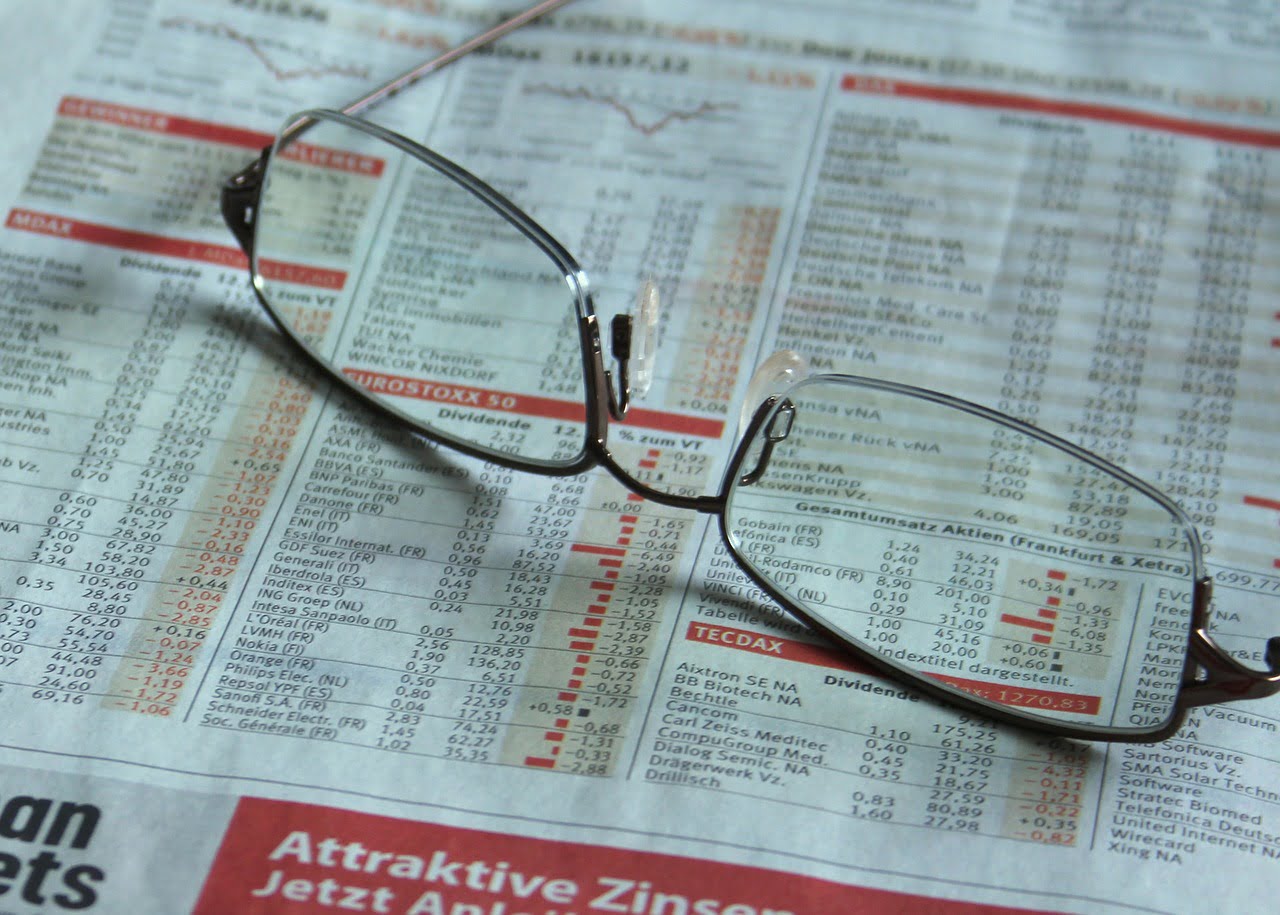November 23, 2020 Update: The DAX Index has surged after holding the 38.2% retracement of the rally from earlier this year at 11,472, and it’s back above its 200-day average of 12,063. Credit Suisse analysts believe that leaves the market testing the upper band of the range and March downtrend.
They said the DAX Index must move above the September range high and the gap resistance at 13,460 and 13,501 to mark a conclusive break leading to a test of the February record high at 13,795. Credit Suisse analysts see immediate support at 12,670, and if it breaks that level, they see a decline back to the 200-day average at 12,063.
They note that Germany compared to Europe has deteriorated more, which calls into question the relative strength of the German stock market.
DAX Index holds 200-day moving average
October 23, 2020 Update: The DAX Index is still holding its 200-day moving average at 12,158, but has again failed to break higher out of its recent trading range. Credit Suisse analysts see support at 12,254 or 12,158 to keep the uptrend in place. However, a break above the September high of 13,460 is needed to reassert the bullish trend and put the index in view of the February price gap at 13,501. Above that level, the analysts see a challenge of the index’s record high at 13,795.
If the DAX Index falls below 12,158, then a top would be triggered, and Credit Suisse analysts see the next support levels at 11,598 and then the 38.2% retracement of this year’s uptrend at 11,477 and 11,472 and the 50% retracement at 10,867 and 10,863.
DAX Index still hasn’t shown signs of a top yet
September 24, 2020 Update: Credit Suisse analysts say the DAX Index remains above its 200-day average and has not yet confirmed a top. They said the German stock index held above its support level of 12,192 but again failed to break higher from its recent trading range. They said support at 12,254 and 12,192 will ideally hold to keep the bias for now higher.
Anything below those numbers would trigger a top. Key supports would then be at 11,598 and then the 38.2% retracement of the 2020 uptrend at 11,477 and 11,472. Support would then be at the 50% retracement level of 10,867 and 10,863.
Above the September high of 13,460, there is a need to reach the high of the February price gap at 13,501. Above that level, they see a challenge at the record high of 13,795.
“The DAX has recently lost relative strength versus its European peers, indicating that the previous ‘high beta’ outperformance of Germany may no longer be in vogue if general equity market weakness continues,” Credit Suisse analysts wrote
DAX Index: What you should know about the German stock index
The Frankfurt Stock Exchange was formally established in 1820, but its history is much longer. Its roots go back to the medieval trade fairs in the 11th century, and a bourse was established in 1585. It is still one of the world’s leading stock exchanges, allowing investors to participate in Germany’s growth story. The DAX index aka Deutscher Aktienindex is the main index at the Frankfurt Stock Exchange in Germany.
Q1 2020 hedge fund letters, conferences and more
DAX is Germany's DJIA
The DAX 30 index consists of 30 blue-chip German companies listed on the Frankfurt Stock Exchange. It is similar to the Dow Jones Industrial Average (DJIA) in the United States. Some see the DAX 30 as an indicator of Germany's equity market and economic health. But since it consists of only 30 stocks, it doesn't represent the country's economy as a whole.
It is one of the most important European stock indices. The DAX 30 index was launched on December 30, 1987 with a base value of 1,000. The index is currently trading at close to 11,000 points. According to Deutsche Borse, the index measures the performance of Prime Standard's 30 largest German companies by market cap and order book volume.
Xetra electronic trading system provides the prices used to calculate the index value. It calculates the index every second. The DAX 30 index has two versions - a price index and a performance index. The price index doesn't include dividends. The performance index measures the total return including dividends. The performance index is more commonly quoted in the investment circles.
DAX index constituents
The index consists of 30 blue-chip and actively traded Germany companies. Almost all of them are multinational corporations that influence not only the German economy but global economy as well. Its components include brands like Siemens, BMW, Bayer, Deutsche Bank, Adidas, Allianz, Daimler, Volkswagen, and more.
An impressive 17 companies have remained a part of the index since the index was born in late 1987. The index is reviewed every quarter and companies no longer ranking among the top 45 largest firms are dropped out. To be added, a new company must be among the top 25 largest firms.
Companies must also pass a strict selection criteria. They must be listed in the Prime Standard segment of the Frankfurt Stock Exchange. For the uninitiated, Prime Standard includes only companies that adhere to transparency rules more stringent than the General Standard. The company's shares must have at least 10% free float, and the company must have its operating or legal headquarters in Germany.






